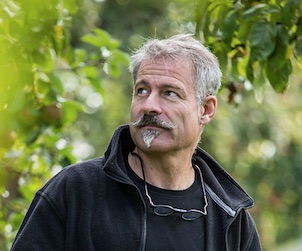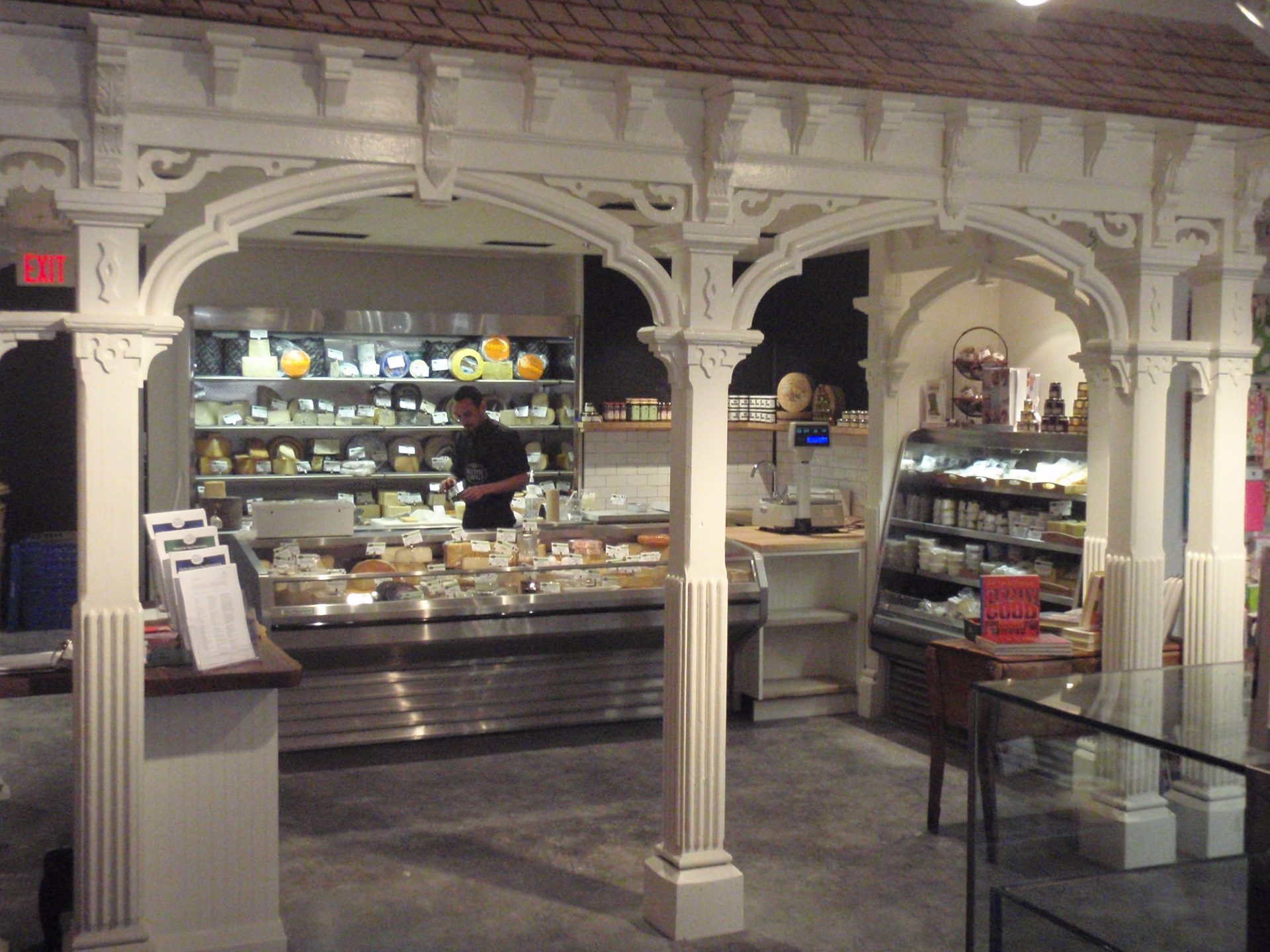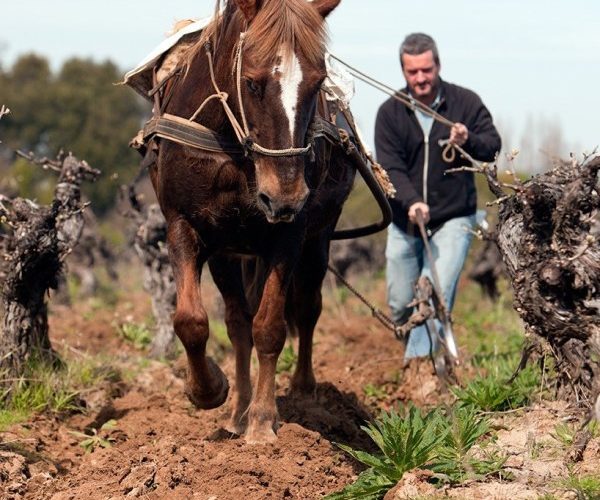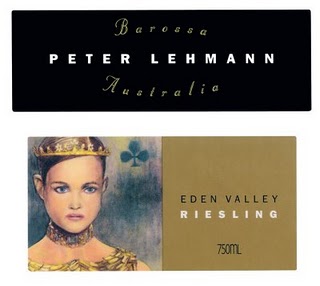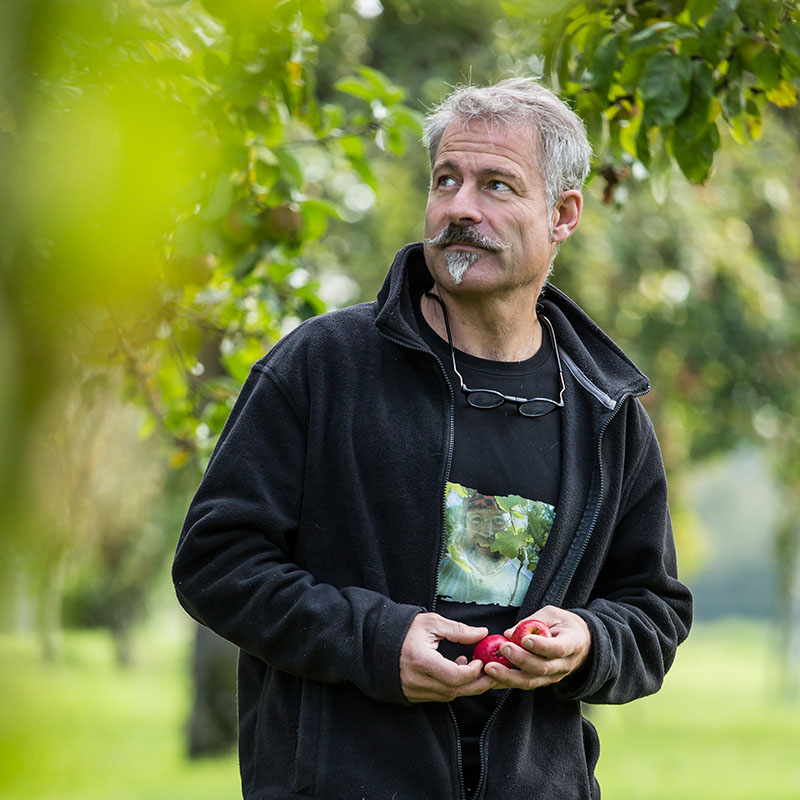
Eric Bordelet : Parisian Star Sommelier turned cider-and-perry-maker extraordinaire (and veritable tender brute).
If you are into some serious cider, there is some très sérieux Normandy juice available in Ontario right now courtesy of a certain Msr. Eric Bordelet.
With the fruits of his labours being released just the other week, we spoke with Eric about his journey from prestigious Parisian Sommelier to where he is today, happy with his apples and pears, and making some of the best cider and perry on this green planet.
Good Food Revolution: Hello Eric. So why is cider so close to your heart?
EB: Because I was born in this area (Normandy, France) , and that’s why I like it, as my roots are here!
GFR: What drew you to making cider? What gave you your inspiration?
EB: In my region cider apples and perry pears are king.
The true inspiration came from my professional life before (as a Sommelier), and the people I met, such as the acclaimed Chefs Alain Dutournier and Alain Passard, and the (late) Winemaker Didier Dagueneau.
GFR: Having worked as a Sommelier previously, what parallels do you see between ciders and wines?
EB: In my mind there wasn’t really a parallel, per se.
I love tasting food and wine with precision, with the clear and pure flavours of fruits. Making it came naturally to me because of my knowledge of cooking, and hence the ciders and perry.
GFR: As you mentioned earlier, you were influenced greatly by the late, great Didier Dagueneau… a friend and mentor to you. Tell us a little more about that…
EB: Really it’s difficult to explain and indiscreet to talk about my departed friend… but I can talk professionally: I was impressed by this guy, how he was working hard to become one of the very best through knowing every detail of the process (the vine, the underground, the earth, the animals, the cellar, the technique etc.). Every aspect of winemaking/growing, as well as the human element.
I used to travel several times a year following Didier’s directions.
As a Sommelier, he gave me many addresses because he used to travel a lot to meet interesting Winemakers from every region and country.
As a Producer he helped me to understand the technique as I really wanted to adapt the same philosophy with my fruits.
He taught me to look for the emotion ; he helped me to discover an ocean of emotion in wine, cider, and perry.
As the saying goes, “To cross an ocean you must respect and have a lot of humility”.
Most of the time ciders were either made by farmers or industrially, and there was nothing inbetween, nothing really artisanal. I think that there are only two “guys de métiers” in Europe who share the same passion and philosophy : Andreas Schneider of Obsthof am Steinberg and Jacques Perritaz from Cidrerie du Vulcain.
GFR: How many different types or cider are you producing?
EB: Sidres (traditional French style), de soil (thirsty), side tender, side brut tender, side brut, poor authentique Sydre (traditional French style) gastronomique”Argelette”(old name for the rock), the Poiré grant, Sidre “Nouvelle Vague” (table cider in 5l and 20l kegs), Ice perry and ciders (not in every vintage), perlant (new) Apple juice from cider apples (for little kids and big ones and Calvados (still aging slowly and so not yet on the market)
GFR: Wow… that’s a lot of different styles. Many more than I had expected!
And how would you say your Brut Tendre compares to most of the ciders that we drink here in North America?
EB: It’s difficult to say because I haven’t tasted enough North American ciders… different terroirs and varieties I guess!
GFR: How would you describe the aromatic/flavour profile, as I find it very distinctive?
EB: As I known it (not too much) the acidity is dominant in American ciders so the flavour has more minerality (Perry is more similar to White wine)
Sidre Brut Tendre has more “spicy” flavours and impression of tannins, like the body of a red wine.
GFR: What can you tell us about the apple selection, as I know that this is integral to quality cider production?
EB: It’s actually more about terroir, here you’ll find some definite smokey flavours because of the iron component in the soil, schist and granite mixed together.
GFR: And the process… How do you achieve such delicate complexity?
EB: Oh la la!! I cannot explain 26 years expériences in few minutes and lines!
There are so many variables blended and combined together, and this brings about the complexity… that and the fact that it is handmade as well, of course!
GFR: What are the best ways to enjoy your Brut Tendre? Where do you see it sitting at the dinner table?
EB: I may disappoint you here, because I always suggest people to experiment many foods and moments.
You need an “open mind”; Every one must follow their own imagination and desires because on the palate we don’t all have the same reactions, sensitivities and sensations (PH, acidity etc…)
GFR: Are there any particular dishes that you have paired especially successfully with it?
EB: I can just say that it’s a pretty sure bet if you pair with the following components: cream, butter, fish, vegetables, white meat etc… as well Thai cuisine (as long as it’s not too spicy that is!) Most of the time I associate delicate food with a lower alcohol beverage.
GFR: You also make pear ciders, a great favourite of mine. How do you feel the two fruits differ when it comes to producing ciders?
EB:We just have to keep in mind that the roots of the pear tree are similar to those of a vine, with one or two roots going far down in thh rock (that is why we find almost double the acidity, and intense minerality)
GFR: Where are your current biggest markets for your superb ciders?
EB: Soon a lot in Canada thank you! We do 80% exportation in several continents (USA, Australia, Japan, China, Korea, Brazil, and, of course, Europe.
GFR: That you so much for your time!… and your cider.
Eric’s Brut Tendre Sidre is currently available through LCBO Vintages, at $17.95 for a 750ml bottle.
Eric’s ciders are represented in Ontario by The Living Vine. The Living Vine are a Good Food Fighter.
Please support the businesses and organizations that support Good Food Revolution.

Edinburgh-born/Toronto-based Sommelier, consultant, writer, judge, and educator Jamie Drummond is the Director of Programs/Editor of Good Food Revolution… And he’s certainly going to be picking some of this up for the summer months.

